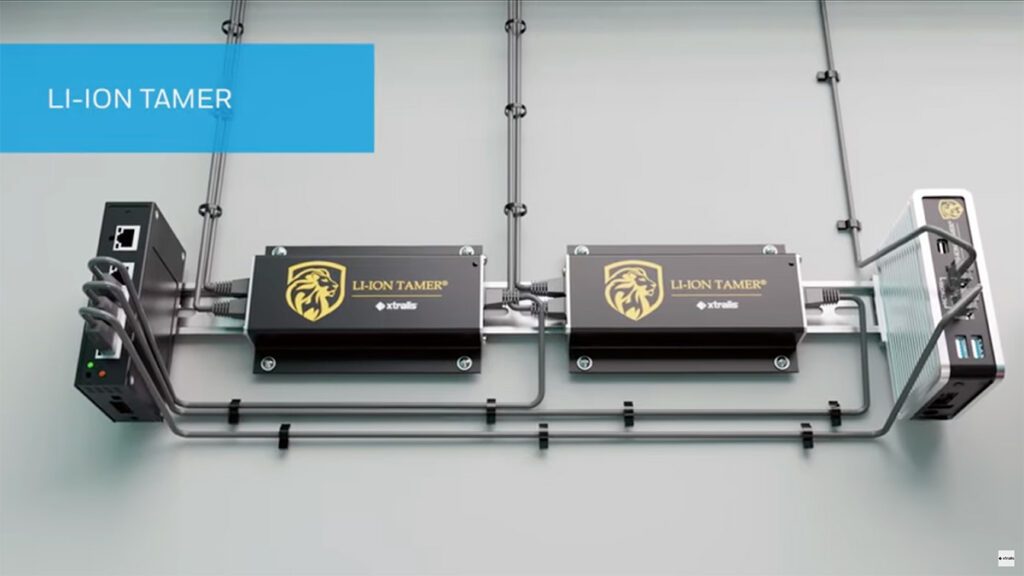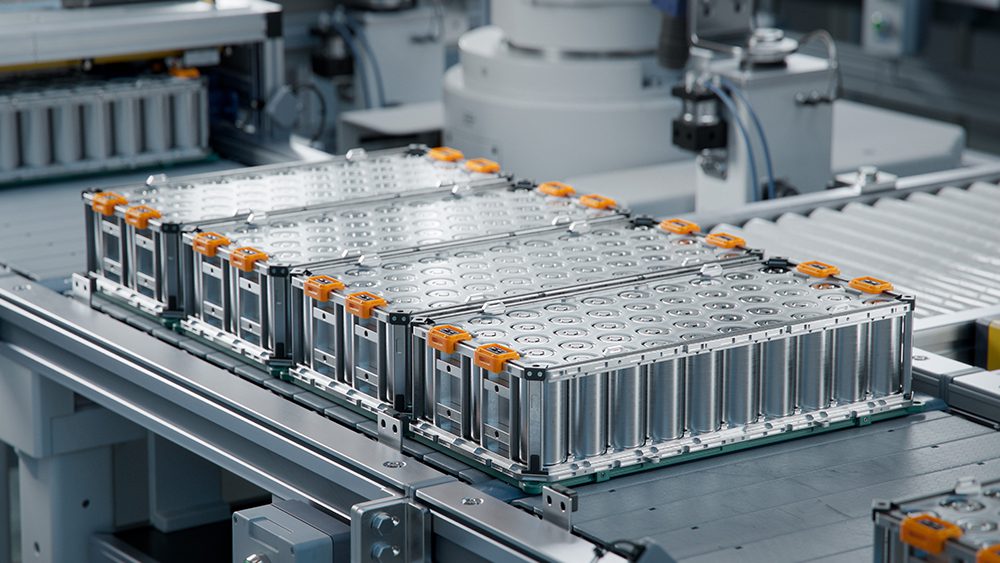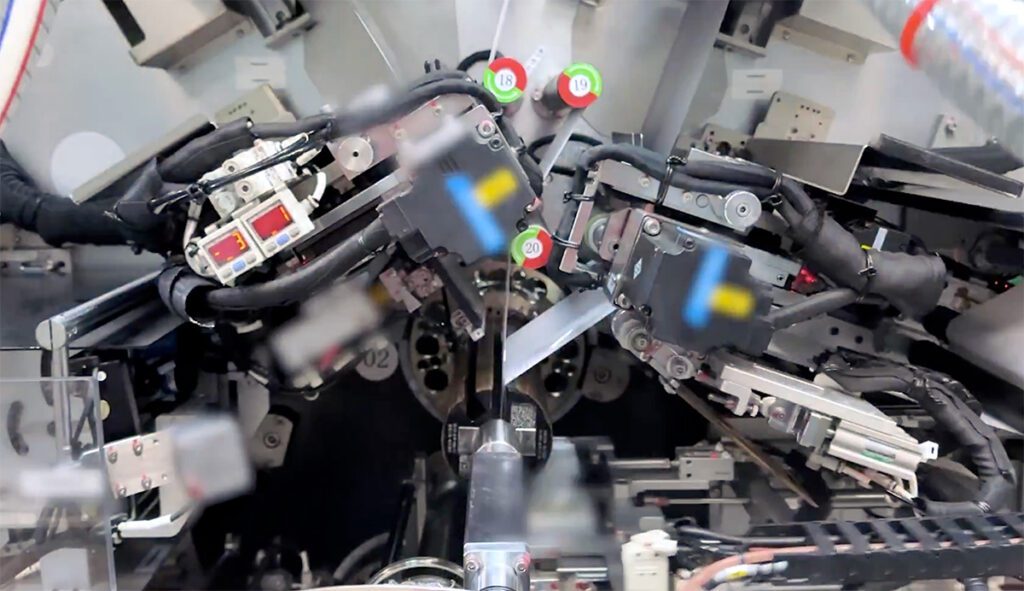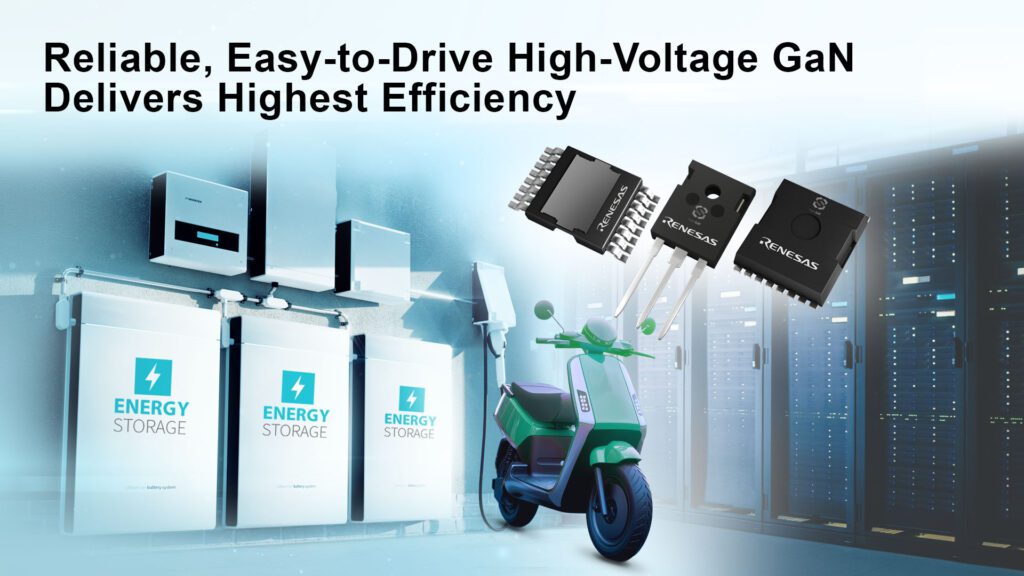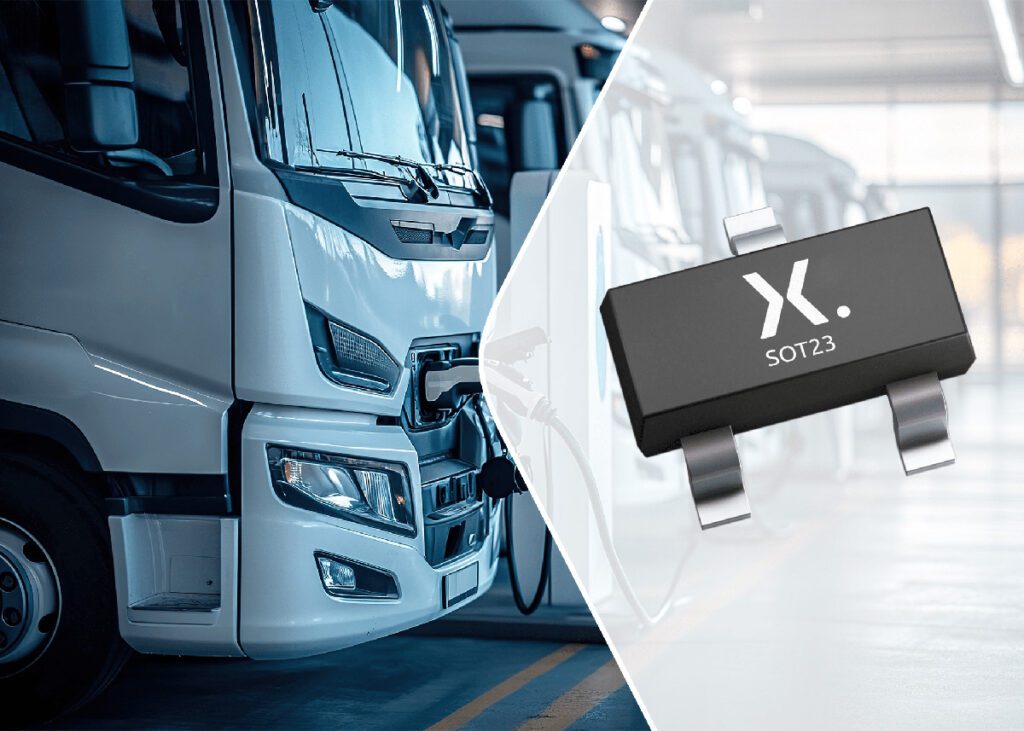Researchers at the Critical Materials Institute (CMI), a DOE Innovation Hub led by the Ames Laboratory, have developed a novel way to extract rare earth elements from the high-powered magnets in electronic waste, using a water-based process. Now Iowa-based electromagnetics specialist TdVib has licensed the technology, and hopes to commercialize it.
Companies often shred items such as computer hard drives to protect the information on them. Once the drives are shredded, recycling becomes more complex, because other recycling methods depend on separating the magnets from other materials. The CMI recycling process is designed to extract the rare earths directly from shredded e-waste.
“We take that shredded mix and we put it in solution, but our solution targets the magnet—it leaves the rest of the components of the mixture undissolved, and dissolves the magnet that contains the rare earths,” lead researcher Ikenna Nlebedim explains. “So, with the rare earth in solution, we filter off the rest of the e-waste and later pull the rare earth out of the solution. It’s a very efficient and robust process.”

CMI says this recycling technology is more environmentally friendly than other common processes, because the solution used to dissolve magnets is water-based rather than acid-based. The process begins without acids, and the byproducts are treated to eliminate acid-contaminated wastes. Other recycling processes involve heating the e-waste to temperatures above 600° F to demagnetize the magnets. The CMI process does not require pre-heating, so it uses less energy.
“Acid-free dissolution has all the critical features for sustainable recycling. It is environmentally friendly, has demonstrated its economic potential, and efficiently recovers high-purity products suitable for commercial applications,” says Denis Prodius, a co-inventor of the technology.
The solution used in this process is copper-based, so the processed e-waste ends up infused with copper, which can be recovered or reused in other operations. The dissolution process leaves the other materials in the e-waste intact, making it possible to extract materials such as gold and platinum.
Another important aspect of the technology is its scalability. According to TdVib CEO Dan Bina, upscaling has actually improved the process. “It is typical for efficiency to decrease during scaling of new processes, but we have observed the opposite with the acid-free dissolution process, without compromising the purity,” said he. “We have increased the leaching efficiency of rare earths from magnets contained in shredded hard drives from around 70% obtained during laboratory research to 90% in our facility. For pre-concentrated magnets the dissolution efficiency can exceed 98%.”
TdVib has received Small Business Technology Transfer Funding from the National Science Foundation to commercialize rare earth extraction technology. The company’s goal in Phase II of this program is to produce three to five tons of rare earth oxide in the next one to two years.
Source: Ames Laboratory via Green Car Congress









































